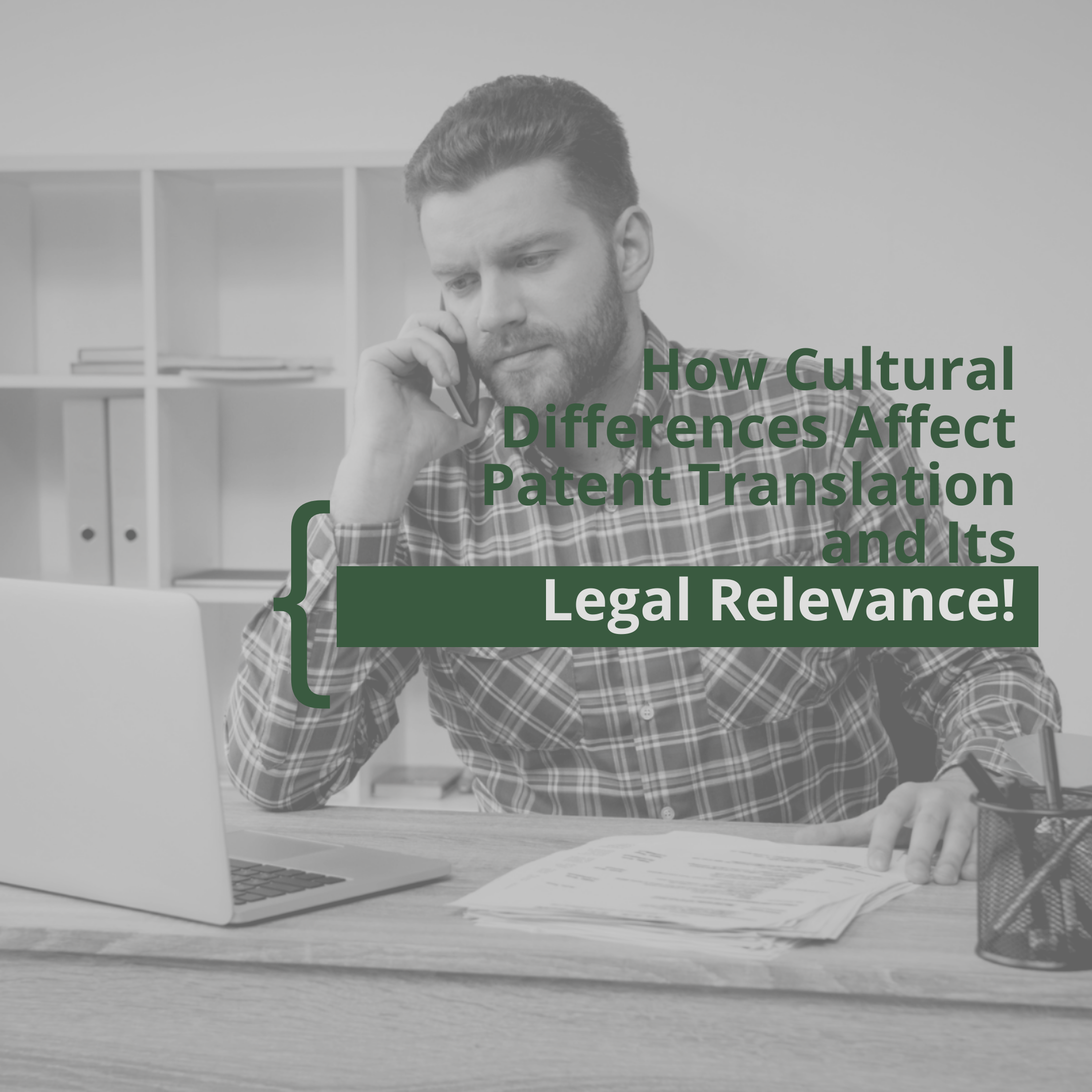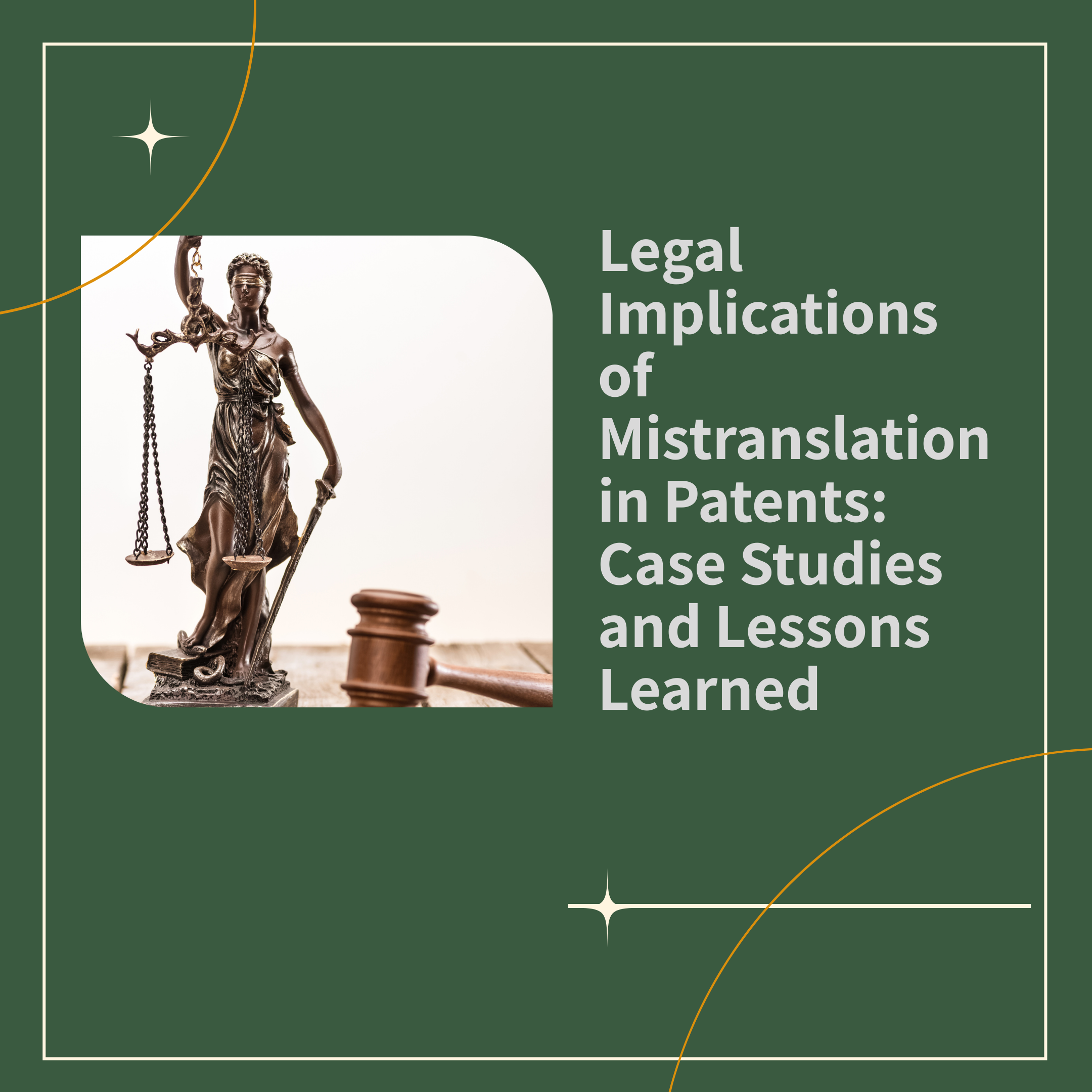Patent translation is a highly specialized and extremely important area in the global legal landscape. Its complexity is accentuated when we consider the cultural nuances involved. Patents represent crucial legal documents, guaranteeing the safeguarding of inventions and, in this context, accurate translation plays a key role in ensuring the accuracy and consistency of the technical terms used.
Cultural and linguistic differences can prove to be significant challenges when translating patents. Concepts and terminology often vary substantially between languages and can be influenced by the cultural context in which they originate. Furthermore, intellectual property legislation is highly variable from country to country, which makes the task of translation even more complex. In addition, there are several international treaties signed by many countries that aim to unify and facilitate intellectual property proceedings, requiring translators to be familiar not only with the languages involved, but also with the applicable laws and respective legal systems.
Mistranslations in patents can have profound and far-reaching implications. They can lead to ambiguous interpretations, unduly broadening or restricting the scope of protection of the innovation. This, in turn, can significantly affect the commercial interests of patent holders, creating legal uncertainties and potential litigation that can be very costly and time-consuming. Patent translation is therefore not only a technical matter, but also a highly-relevant legal and cultural one, which requires specialized knowledge and meticulous precision in order to adequately protect intellectual property rights in diverse and delicate global contexts.
Want to learn more? Follow our page!
Or want to request a quote? Click here.


